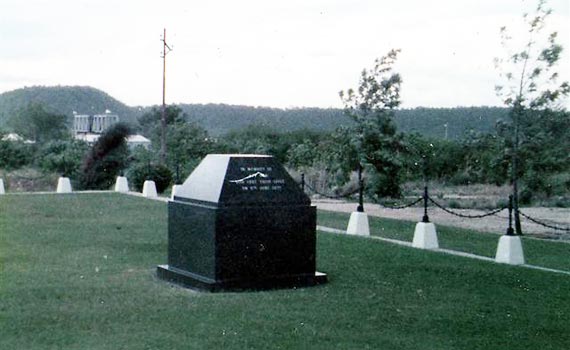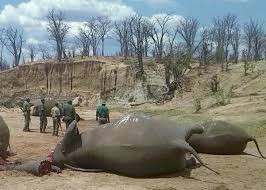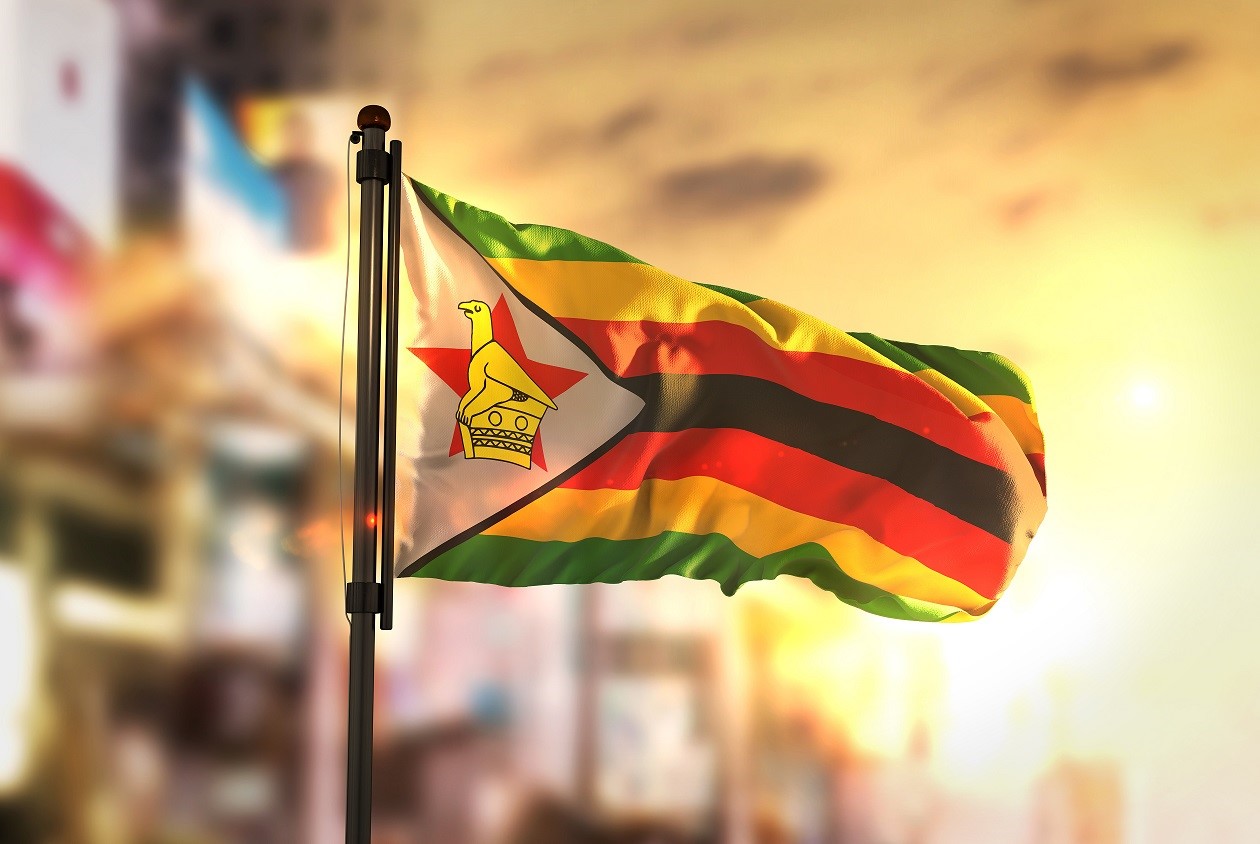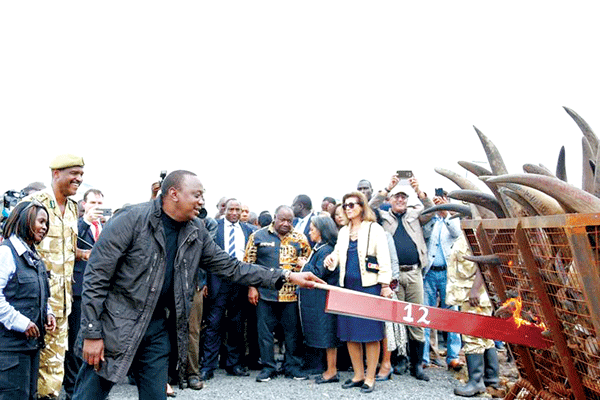
A thunderous explosion, vibrating from the east of the school, followed by thick black smoke with red ambers which filled the sky, scarred the little twarts who were enjoying the morning break at the infants department of my old school, Sir Humphrey Gibbs in Madumabisa.
I was only seven then.
Watched over by infant teachers, I remember vividly, the beautiful young Moyo in her favourite red muslin dress with a matching flock round her neck , Furusa, Mpofu and Malinga, who were seated by the tree shade enjoying their morning tea.
But this was never to be so as the earthquake like vibration sent them scurring for cover. The little twarts screamed and ran for the nearest cover in shock.
It took seconds for everyone to start wailing and crying “daddy’’ and rush in the direction of the sound, for it was where the mine entrance was, and everyone knew what then had happened to daddy.
No one needed to be told that there was a fatal accident in the mine. Those coal dust decorated faces with small trunks in their right hands were not going to emerge from the earth’s crust to the surface anymore.
My best friend Adin Milazi, and his affectionate sister Elizabeth, my cousin sister Monde, and others hysterically ran towards the mine outpacing me. The race was obvious and by design, that my father was not the victim but theirs was not going to be seen forever.
“Daddy is gone’’, it was heard in their cries.
- Chamisa under fire over US$120K donation
- Mavhunga puts DeMbare into Chibuku quarterfinals
- Pension funds bet on Cabora Bassa oilfields
- Councils defy govt fire tender directive
Keep Reading
Within the next hour or so cars lined up the Old Falls road that passed by the mine.
Police cordoned off the area. Hundreds of people came to rescue the miners but the fire at the entrance was so huge that no one could get in.
For 10 days we watched the fire burning, I was too young to notice any survivors as bodies were brought to the surface. I could see the ambulances and men dressed in red outfits, obviously it was the rescue teams running up and down. Never a dead body in my sight.
However, it was during my visit every year to No 2 Cemetery at the tomb of the unknown miner , that I came to know the truth. Each visit or burial that I witnessed at this cemetery, brought in stories of how these people buried in mass graves were brought to the surface.
Some were burnt beyond recognition, yet others could not be brought to the surface as a whole.
Only limbs and other parts of the bodies which were picked nearer to the entrance.
Those beyond a hundred metres could not be saved as the fire became violent and too hot for the rescue team to continue its operations.
Most experts thought that “coal dust’’ had largely contributed to the explosion. According to press reports that followed the day to day hearings of the then Wankie Commission of Inquiry, (The Chronicle 23/09/72), the then general manager of Wankie Colliery Gordon Livingstone-Belvins said that he had “thought coal dust at Wankie was dangerously explosive before the No 2 disaster’’.
Tests had been carried out in 1960 and 1970 and coal dust was regarded as highly dangerous. However others who feared the escalating war of liberation had thought otherwise. William Finlay a former mine safety officer who retired in 1968 after 20 years of service said it was possible that an ignition of methane gas triggered the tremendous explosion in No 2 Colliery (Chronicle 10 October 1972)
He therefore did not rule out sabotage, “During these days of political uncertainty, sabotage cannot be ruled out as a possibility’’.
Most black people took this as an act of sabotage because of the guerrilla warfare with some political leaders like Robert Mugabe and Joshua Nkomo still in prison then.
What then had caused the disaster which had killed 427 miners mostly blacks from the Sadc region with a handful of whites who were either artisans or supervisors?
I grew up with the myth that saboteurs from South Africa came to put the explosives that killed our relatives because of the highly methaneous coal fields at Kamandama were going to make Rhodesia more rich. The gas was good for modern cars.
Yet others said it was an accident caused by a cigarette from a careless miner . This reminded me of a comedian miner who survived the blast. Ambula had left the mine to get a puff of cigarette at Kantor’s supermarket just after 10 or 20 houses from the mine. It was his habit to sneak out every morning for a smoke.
After the disaster, Ambula with his acoustic guitars, used to sing by the street lights in memory of his friends.
Experts thought they threw light on the Wankie Disaster agreeing on one thing that coal dust explosion spread the fire , triggered by a methane gas ignition. One of the miners during the enquiry Gherhard Noppe, said methane gas existed in great and dangerous quantities in sections of Wankie’s No.2 Colliery before the explosion. Two earlier “ignitions attributed to the methane gas were recorded at Wankie Colliery in 1960 and 1970 (the chronicle 7 sept 1972)
On the other hand, the general manager Livingstone – Belvins concurred with earlier evidence that there were more explosives underground at the time of the disaster than there should have been. At the entrance of the mine was a machine room.
The commission of inquiry went on to give a report that the cause of the explosion was only a conjecture. It said that the explosion in Mantura Main of No 2 Colliery as the result of a blown out explosive shot, the flame of which ignited the fire dump and thus the coal dust also ignited.
The No 2 Colliery Disaster, now known as the Kamandama Disaster left a devastating trail as many families broke up. Some went away and never to be compensated as they migrated to their homelands, Angola, Democratic Republic of Congo-(ZAIRE), Zambia, Malawi and Tanzania.
Of the 150 widows, only six remained in Hwange to start the Kamandama Disaster Widows.
About 47 were bachelors from Angola and DRC then known as Zaire, who were in their 20s. 84 miners were either Tonga from Chief Mukumi’s village in Zambia, or the Zambezi Valley in Binga.
There were about 12 white miners, among whom I had the chance to meet his surviving son, Stanley Brazer from the golf club.
I am still yet to meet my cousins whose father Nelson Macwani died in the inferno. These were conceived by Ivy Simango who married in 1960, Jerald, Tombi, Lameck and Teresa. One day, I hope to hear from them.
May the Kamandama Disaster miners’ souls rest in peace.










